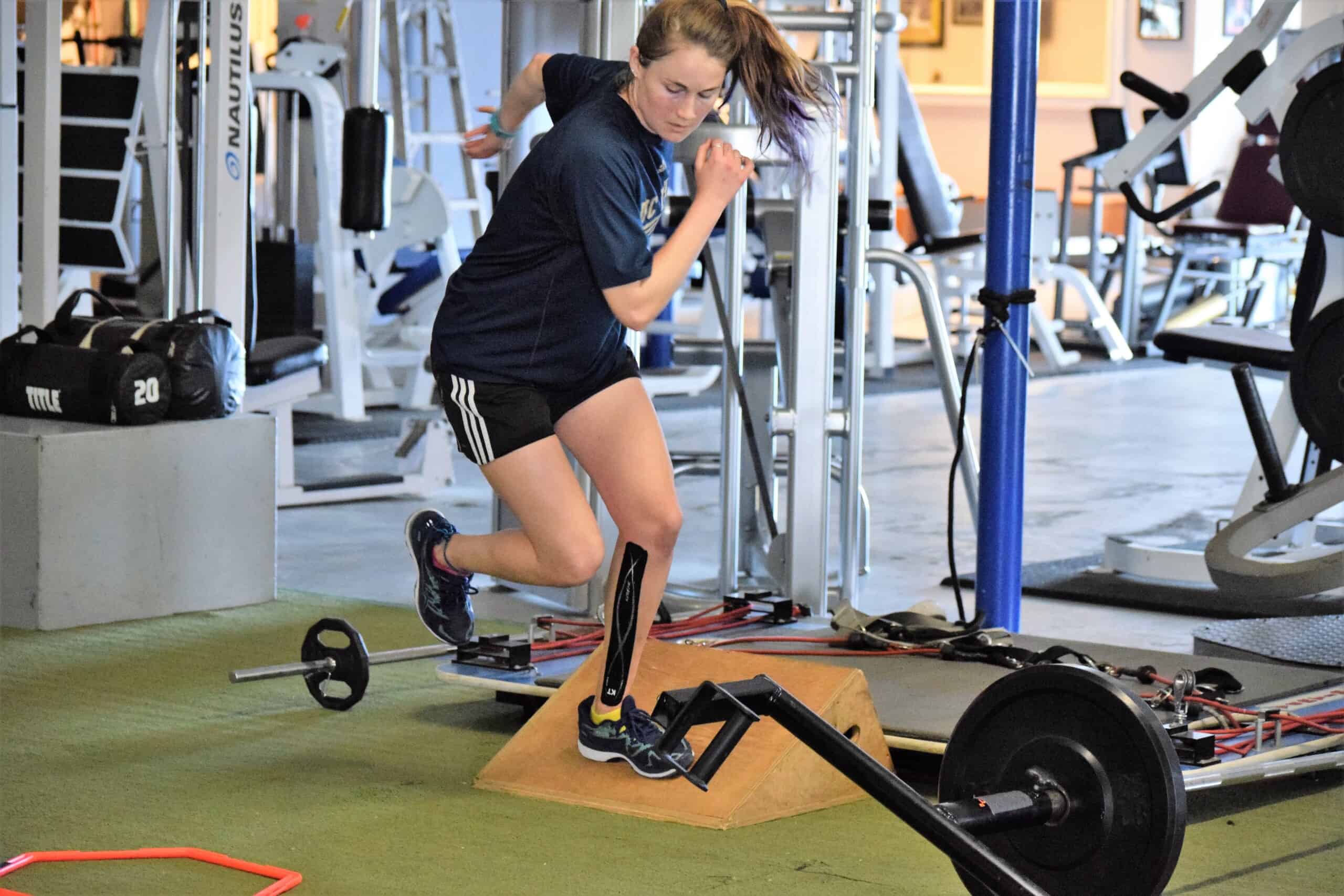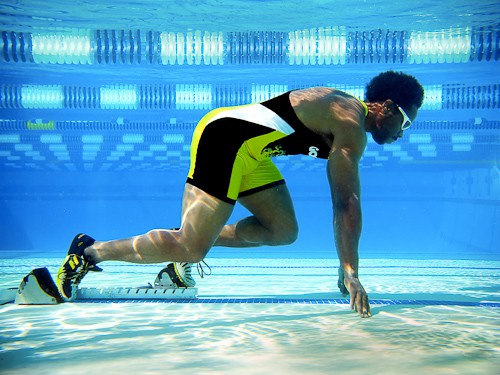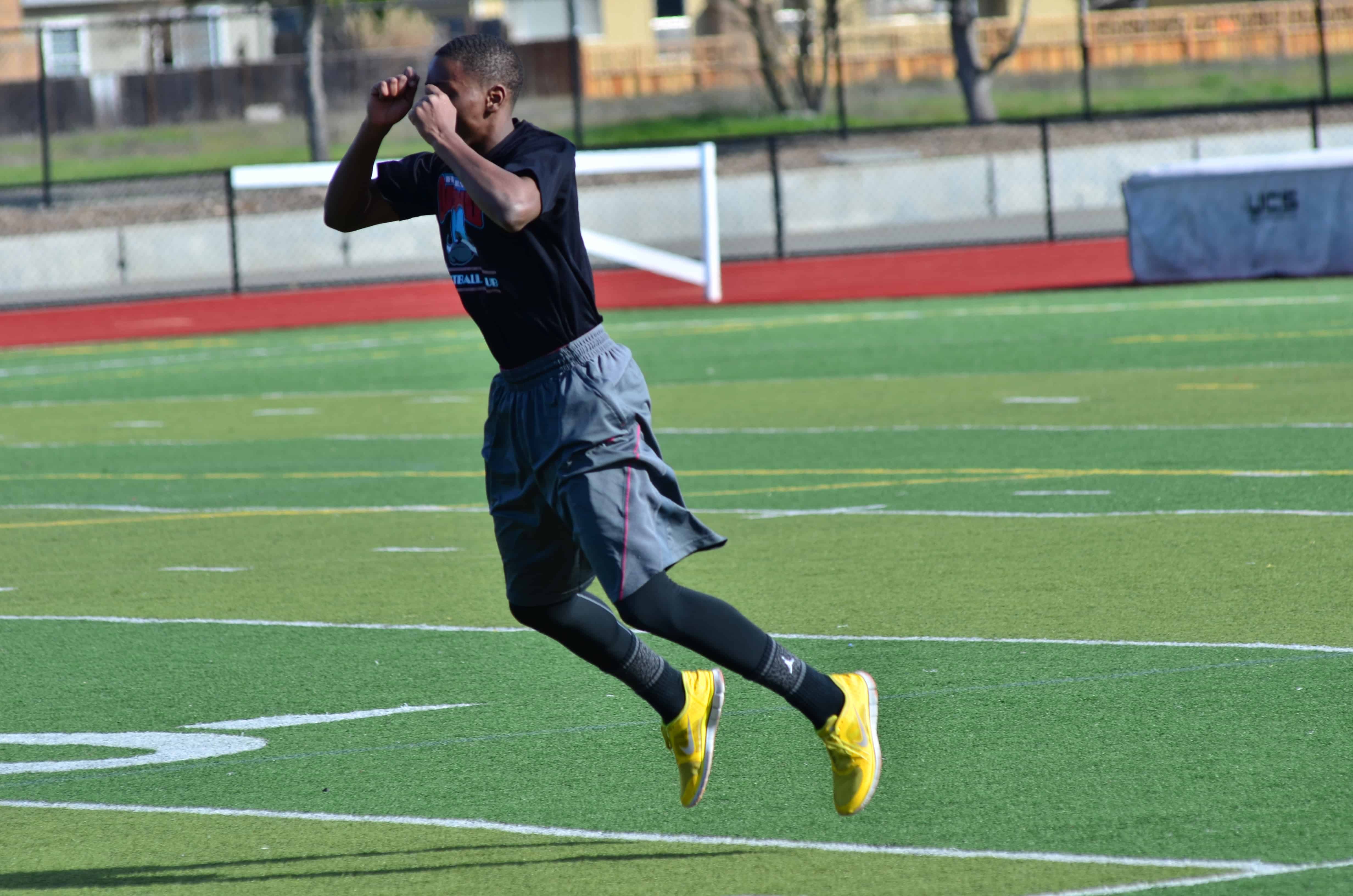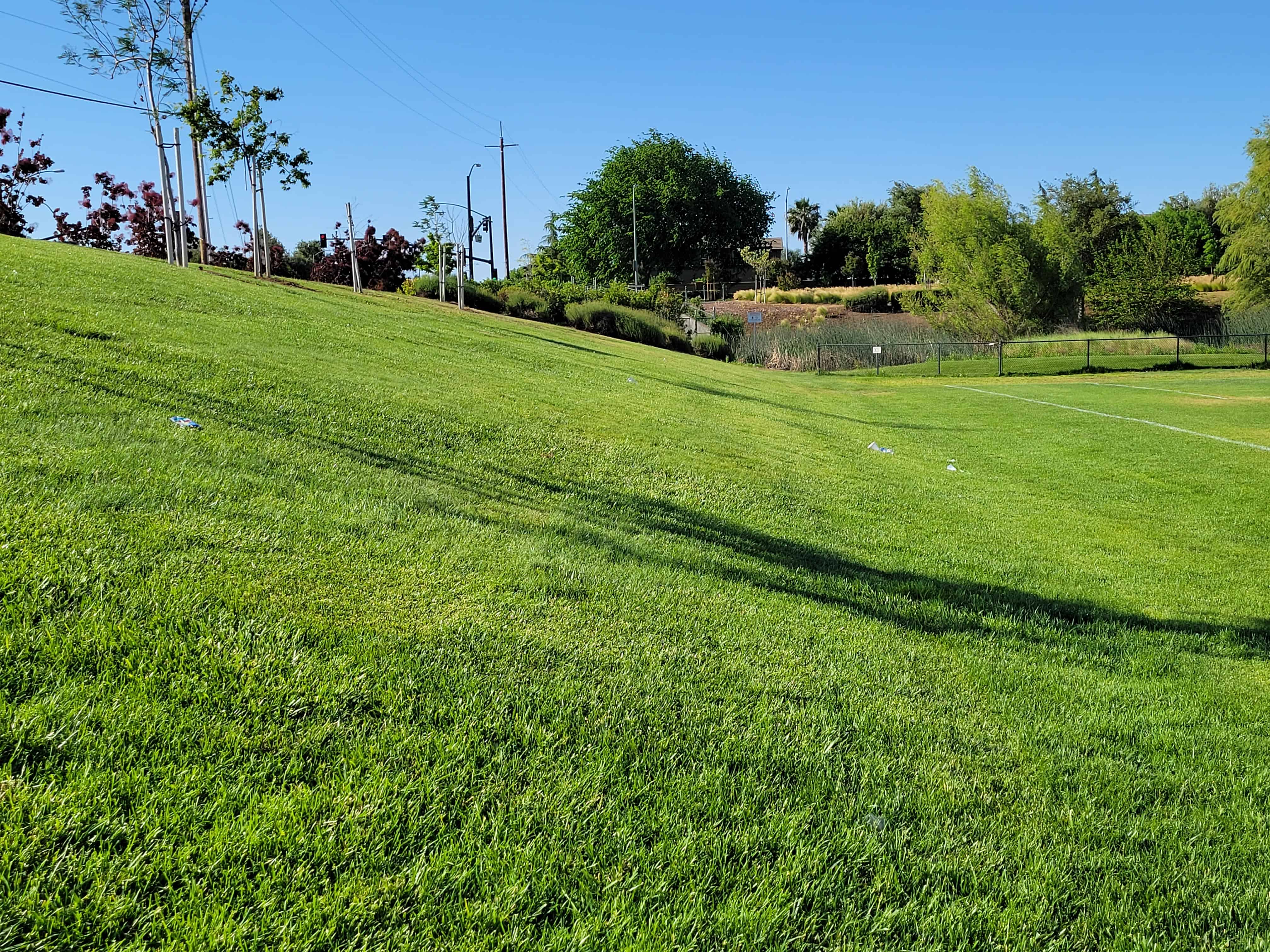Knee Protection- A Season Long Activity
By Aaron Thigpen
November, 2021
Performance Coach, Gamespeed
One of the most devastating injury’s an athlete can have is a knee injury. However, thanks to advances in medical science what once was career ending, most athletes now fully recover from. In addition to medical advances the strides made in performance training have helped to reduce the severity and number of knee injuries. Unfortunately, most training programs don’t apply this valuable knowledge into the daily regiments of athletes. Most are used post injury during rehab or as pre season prep work. Protecting your knees is a regular season long activity. Try supplementing your routines with some of these valuable exercises.
- Lower leg/ foot exercises – Ankle walks, calf raises and the like provide the foot strength and ankle mobility that can absorb the forces that travel up the kinetic chain that can cause a knee injury.
- Cutting, jumping exercises – Simple two footed and single footed jumping, cutting, starting, decelerating and stopping can provide the critical foot to ground contact awareness (proprioceptive) that can teach athletes how to move their bodies safely.
- Stability exercises – Single and two footed exercises on unstable or uneven surfaces can strengthen the kinetic chains response to unpredictable movements.
Pepper […]





